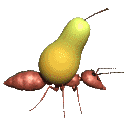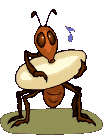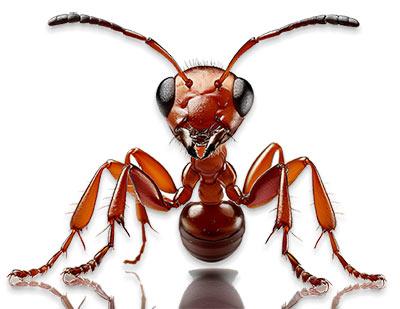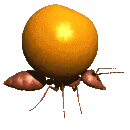About Ants
Ants are a diverse group of insects that exhibit a wide range of variations in their physical characteristics, behavior, and social organization. There are over 12,000 known species of ants, and new species are still being discovered and described by scientists.
One of the most obvious variations among ants is their size. Some species are very small, measuring only a few millimeters in length, while others are much larger, with some species reaching up to 5 centimeters in length. The size of an ant is often related to its role within the colony, with larger ants typically being soldiers or workers tasked with defending the colony or foraging for food.
Another variation among ants is their coloration. Ants can be black, brown, red, yellow, or even green in color, with some species displaying striking patterns and markings. The coloration of an ant may be related to its habitat, with ants that live in leaf litter often having a darker coloration to help them blend in.
Ants also exhibit a wide range of behaviors and social organization. Some species are solitary, with each individual ant living and foraging on its own, while others live in large colonies with specialized roles for different individuals. The organization of ant colonies can range from simple groups of a few dozen individuals to complex societies with millions of ants.
There are also variations in the types of nests and habitats that ants live in. Some ants build nests in soil, while others live in trees, rocks, or even inside other organisms like plants or other insects. Some ants are also able to form colonies that are nomadic, moving from place to place as needed.
Overall, the diversity of ants is a testament to their incredible adaptability and success as a group of insects. |



















